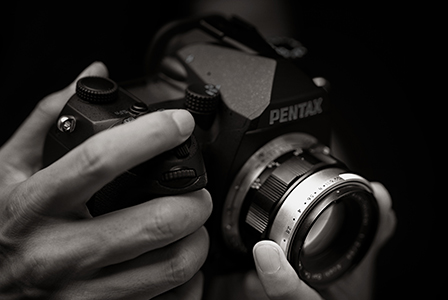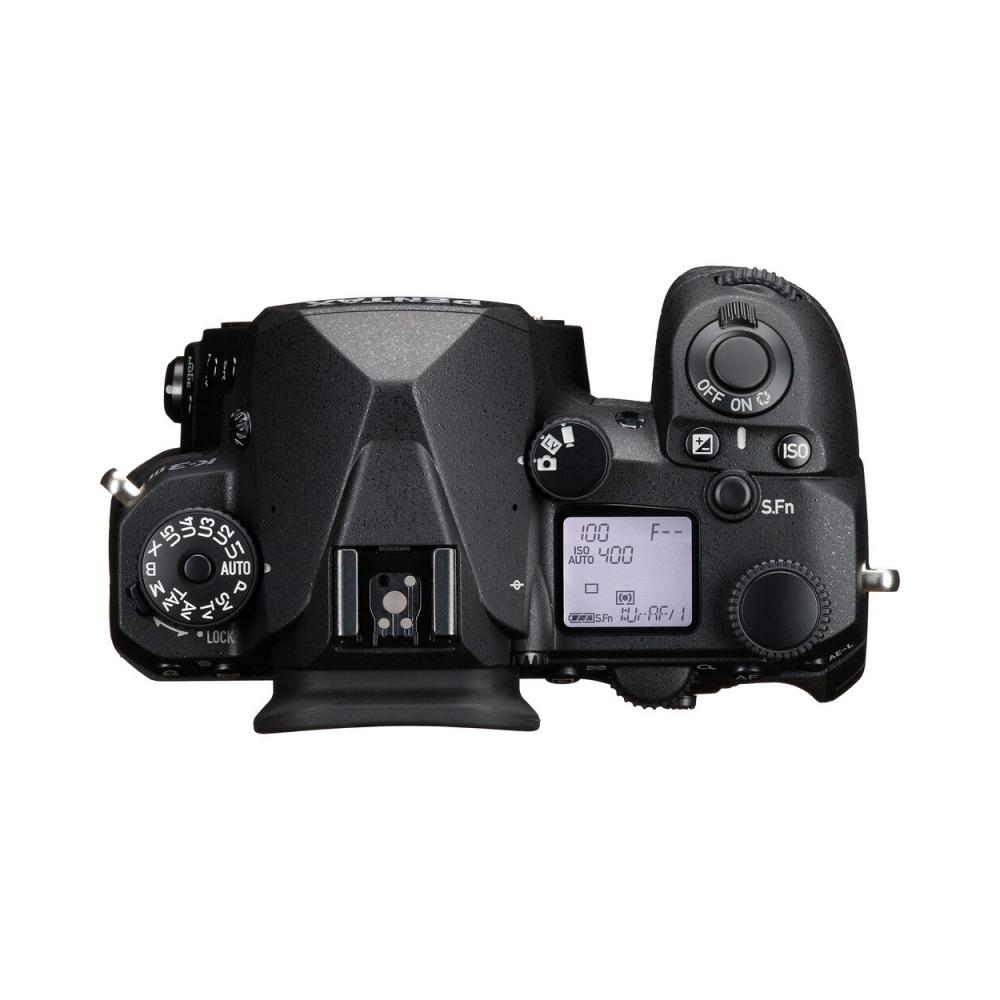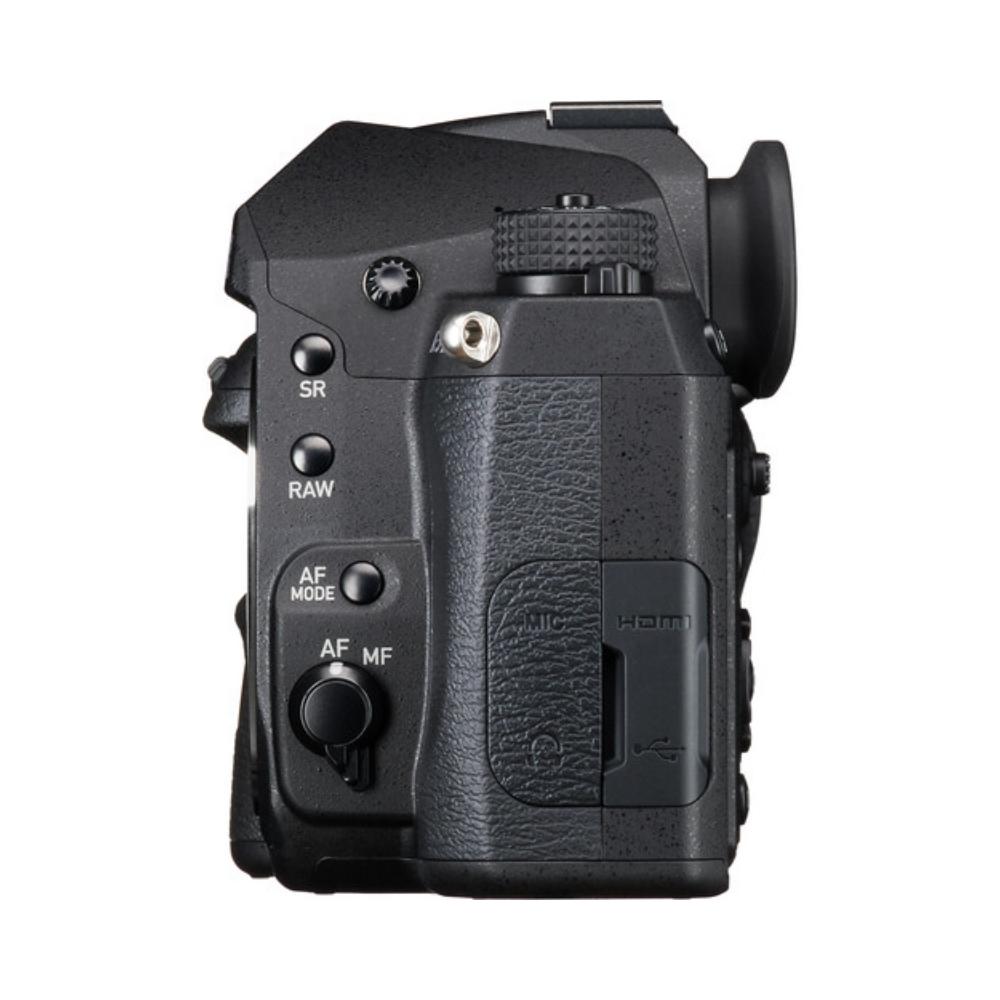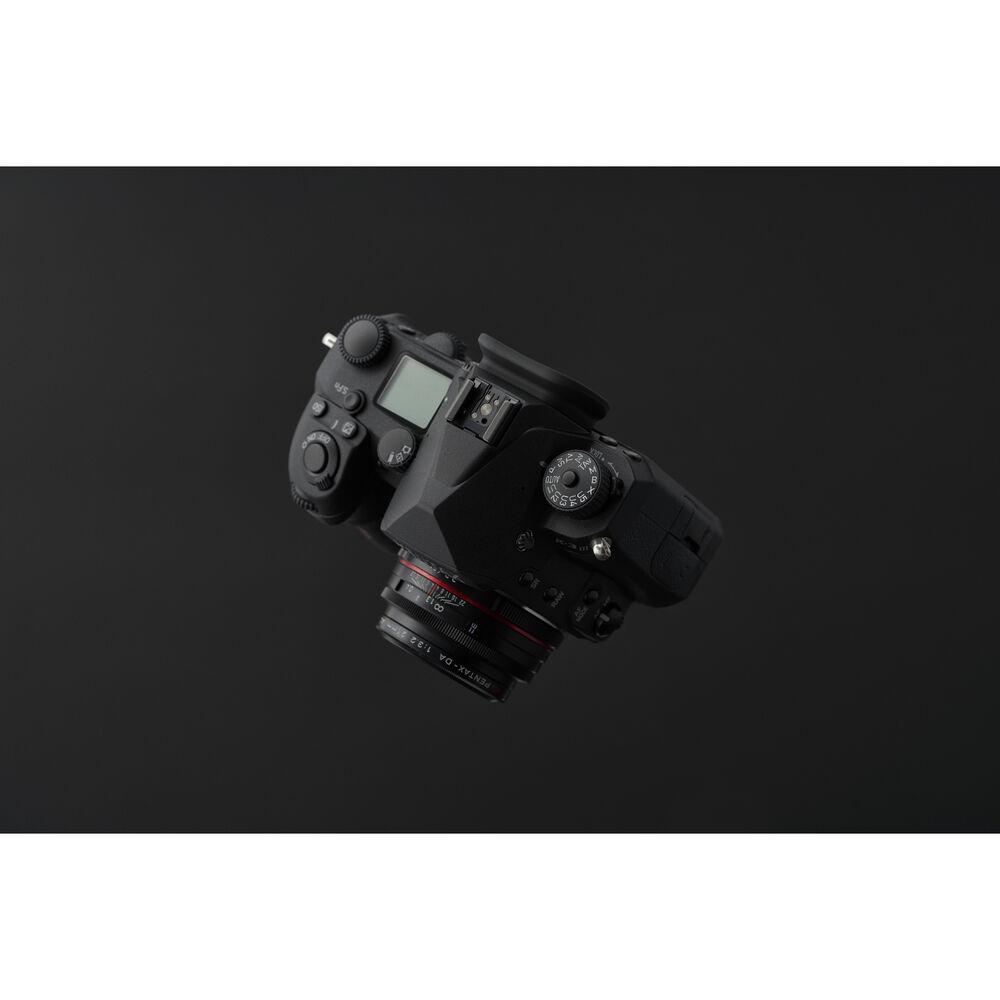Monochrome-specific CMOS image sensor
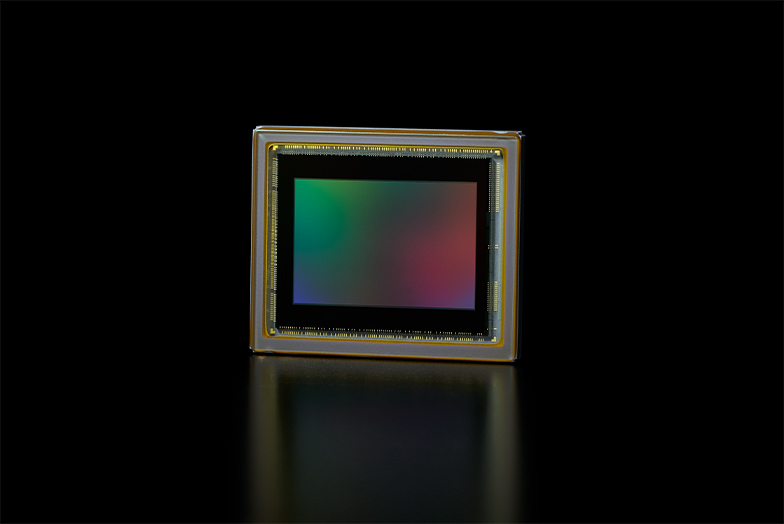
Returning to the starting point of photography: capture images with light and shadow
Monochrome (or black-and-white) photography is the origin of photographic expression. Without color data, monochrome can more clearly depict the form and texture of a subject using light, shadow and the in-between gradations. This means that the photographer can create images that are more impressive and persuasive.
For users who want to master monochrome photography, the PENTAX K-3 Mark III Monochrome features an image sensor specifically designed to capture monochrome images only. By designing the camera solely for the purpose of monochrome photography, each pixel detects brightness data of the light coming through the lens. The obtained data is then directly converted to compose an image.
Typical color image sensors are designed to receive light passing through red (R), green (G) and blue (B) color filters, so each pixel detects only one color data component. To compose a monochrome image, color sensors must convert color data into monochromatic data by interpolating the obtained color data while using adjacent areas of the image field as a reference.
Since a monochrome-specific image sensor can faithfully reflect the brightness data obtained by each pixel in the image — without the interpolation process — the photographer can create extra-fine monochromatic expression, in an image high in resolution and rich in gradation.
Image quality exclusively designed for monochrome photography
Image quality has been re-evaluated and redesigned to optimize the imaging characteristics of the monochrome-specific image sensor. Unlike a color sensor that requires the interpolation process, each pixel of the monochrome-specific image sensor corresponds precisely to each pixel in the resulting image. The result is minimal deterioration of the data obtained, and optimal visual expression. To optimize these advantages, the imaging process has been completely restructured to assure highly sensitive expression with a natural bokeh (defocus) effect, rich gradation and extra-fine sharpness — an image only the monochrome-specific image sensor can deliver.


Image captured with the K-3 Mark III Monochrome


Image captured with the K-3 Mark III
Aperture: 5.6; Shutter speed: 1/20 sec.; ISO: 200
The image captured with the K-3 Mark III Monochrome more clearly and sharply depicts each strand of the thread. The gradation from highlight to shadow is also smoother and more consistent.
Monochrome-specific Custom Image
The PENTAX K-3 Mark III Monochrome features three Custom Image modes exclusively designed for the monochrome-specific image sensor: Standard, Hard and Soft. Each mode provides minute adjustment of parameters such as tone, key, contrast and sharpness. This allows the photographer to personalize images for the desired finishing touch.
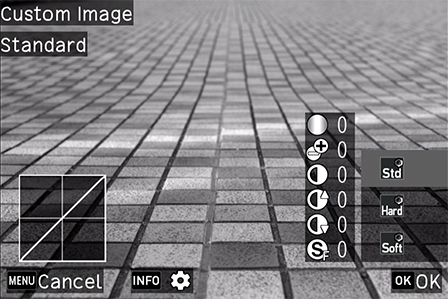
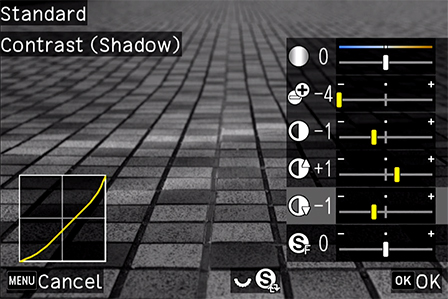
Exterior design signifying the monochrome photography concept
The PENTAX K-3 Mark III Monochrome provides white backlight illumination on the LCD data panel positioned on its upper panel, while featuring the Monochrome lettering printed on the upper-left shoulder of the back panel. The camera’s User Interface menu features a black-and-white color scheme as default, while the SR (Shake Reduction) badge is finished in silver. The icons printed on buttons and switches across the camera’s exterior are finished in three shades of gray to assist the users with their camera operation. All in all, the concept of monochrome photography is evident throughout the camera body.
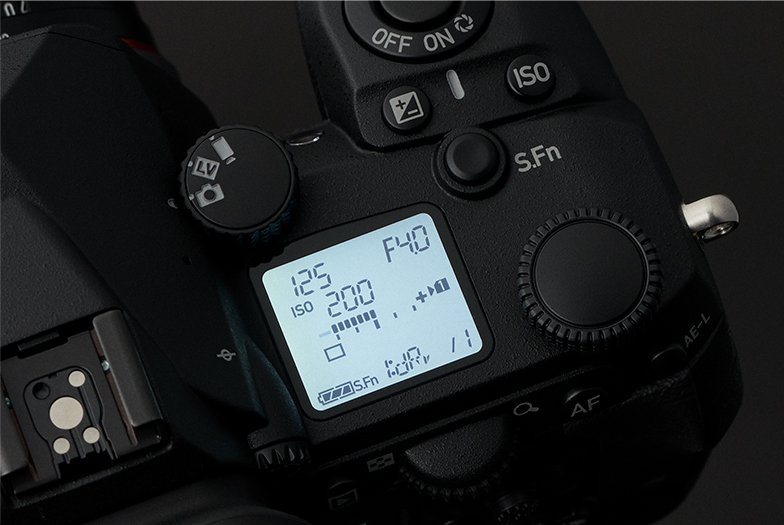
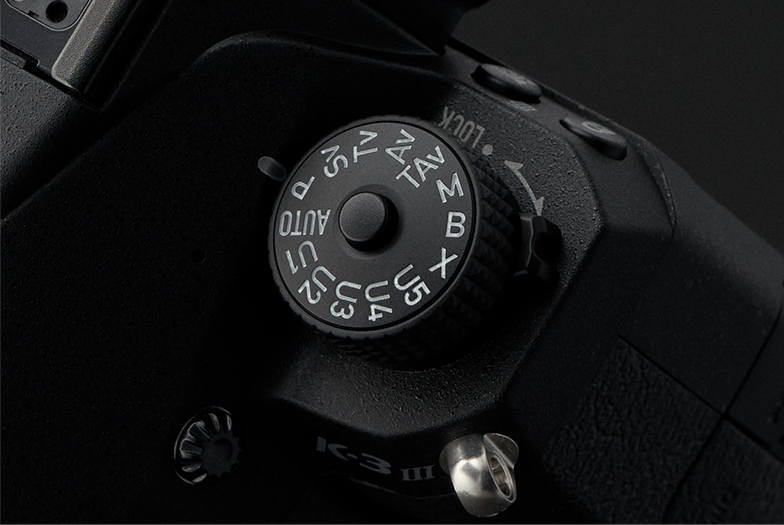
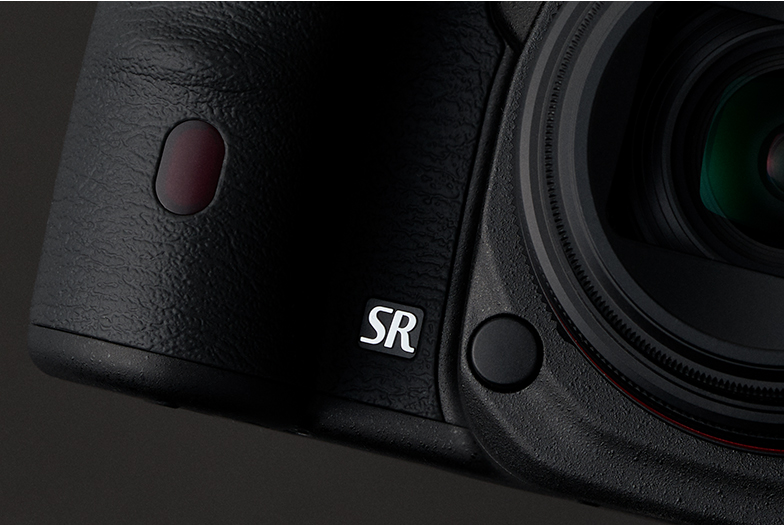
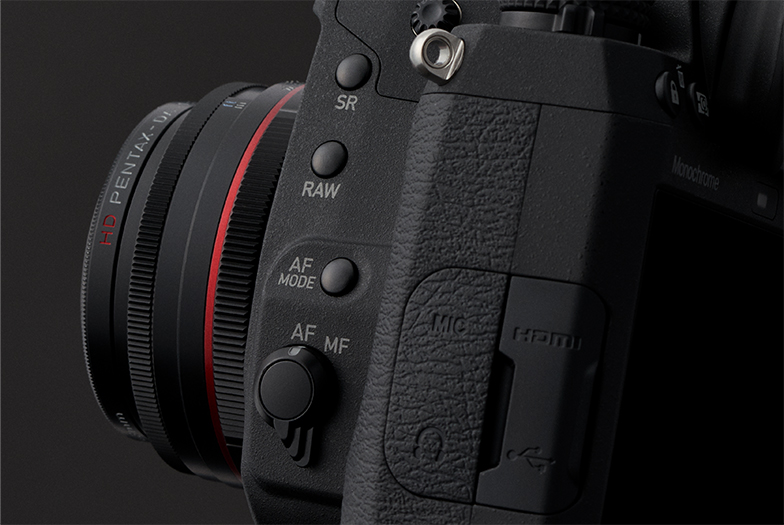
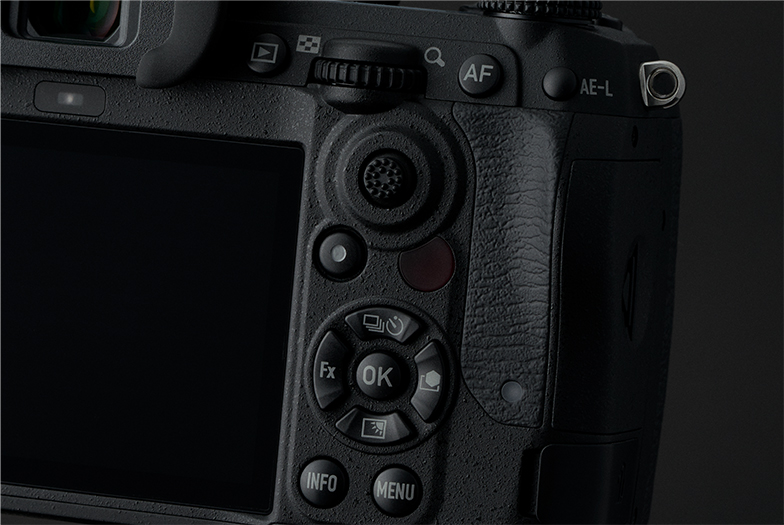
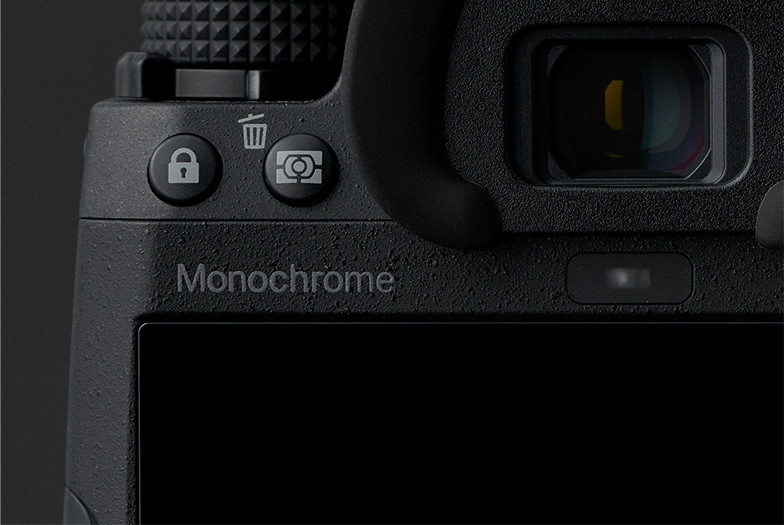






Other notable features
Minimum ISO setting at 200
Since the monochrome-specific image sensor is free of the color filters that cause a loss of light, it can take in more light. This allows the camera’s minimum ISO to be set at 200.

Fx button
Unlike full-color photography, in which color reproduction varies depending on the light source (or color temperature), monochrome photography doesn’t require white balance control. In the PENTAX K-3 Mark III Monochrome, the white balance button of the PENTAX K-3 Mark III is replaced with the Fx (function) button.

In-body shake reduction mechanism
The PENTAX K-3 Mark III Monochrome incorporates an advanced SR (Shake Reduction) mechanism, which lets the photographer use all types of lenses — from the latest to vintage — and to capture sharp, blur-free images while optimizing the distinctive visual expression of each lens.
